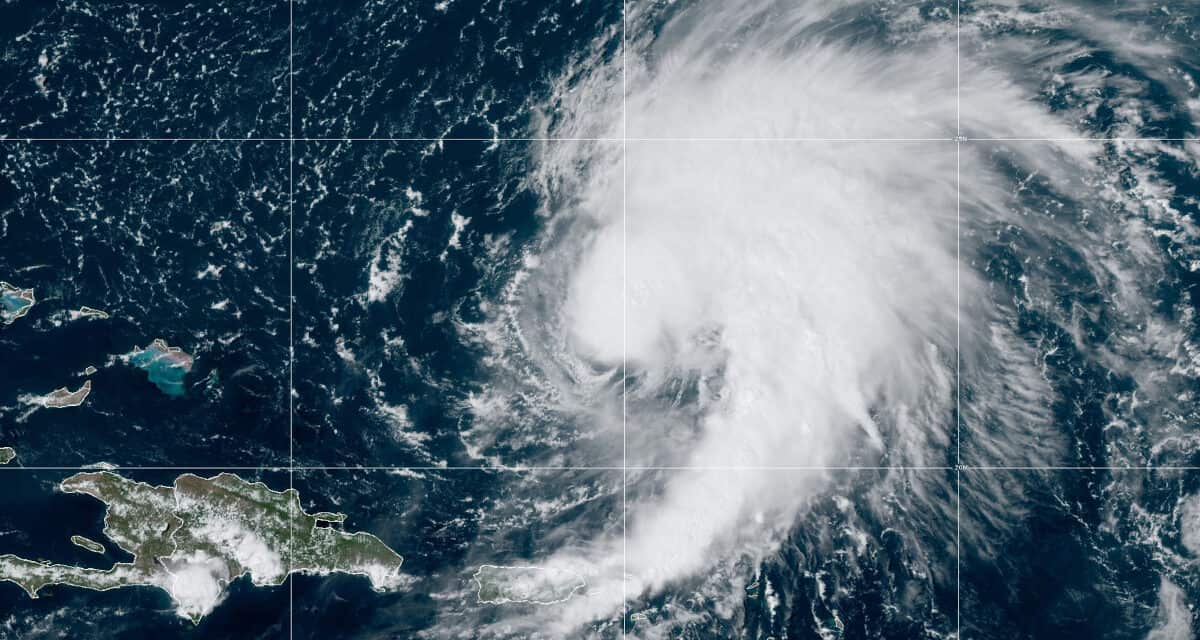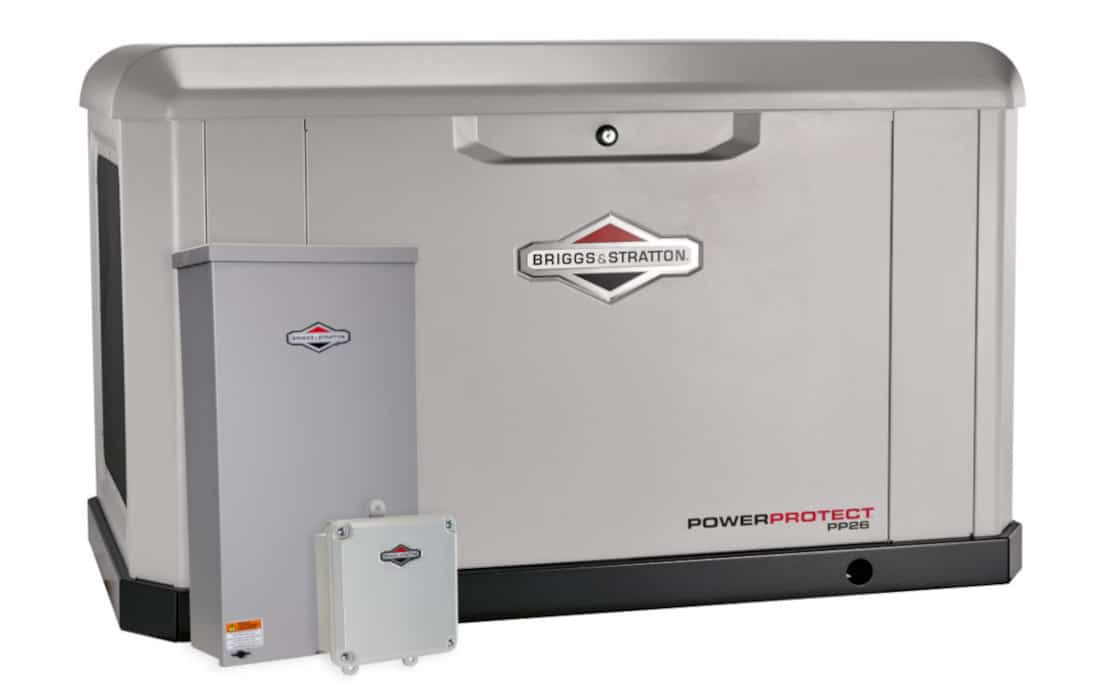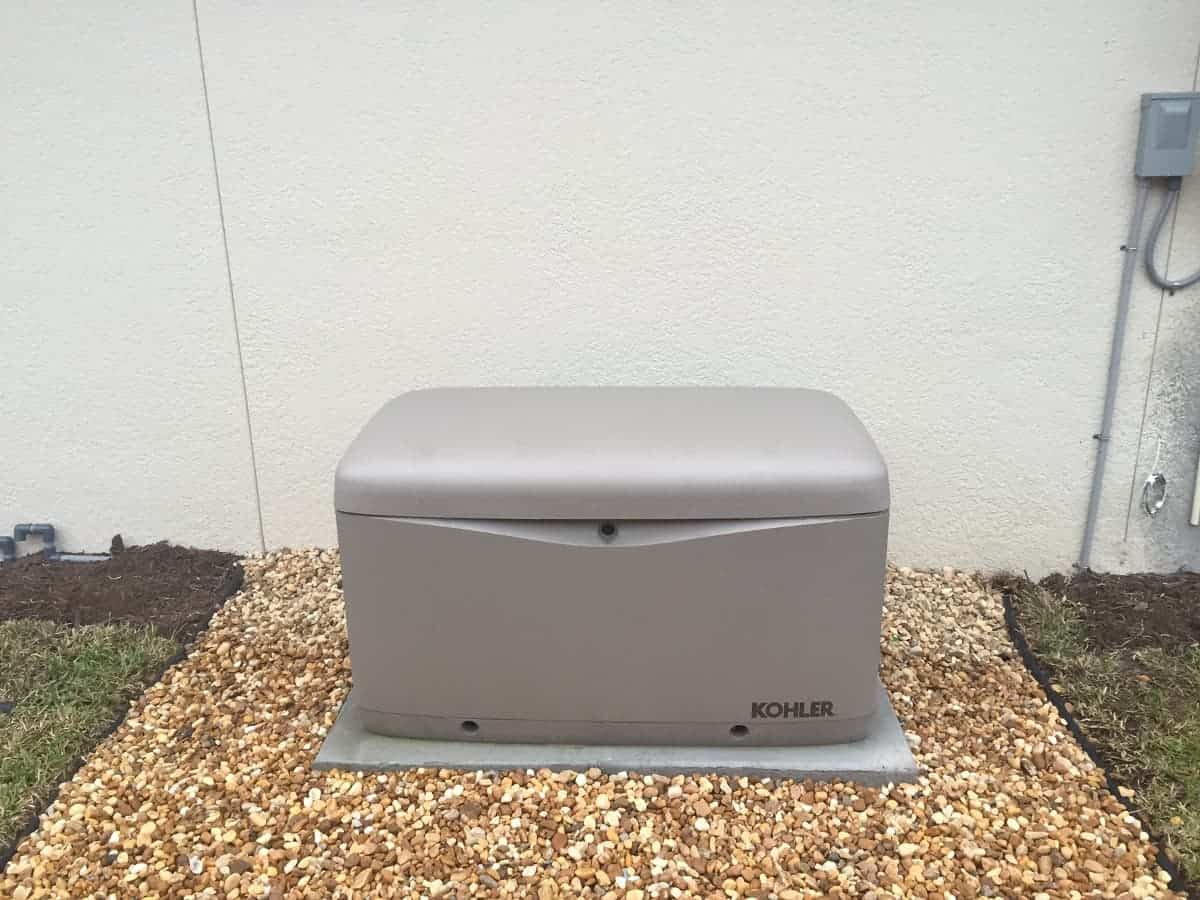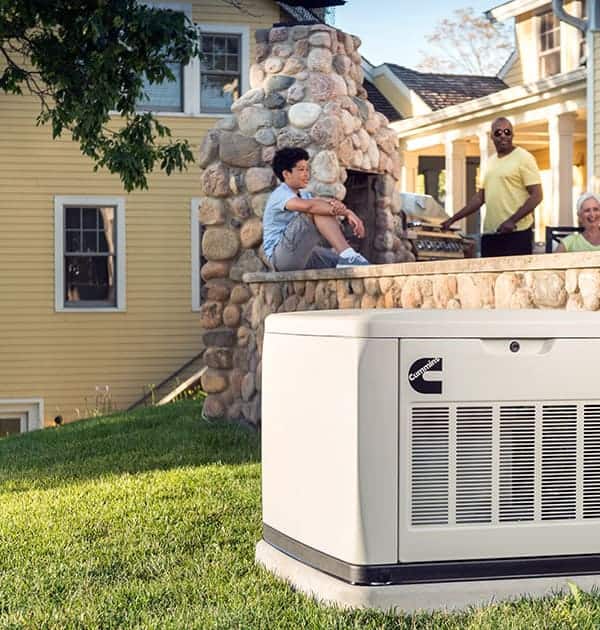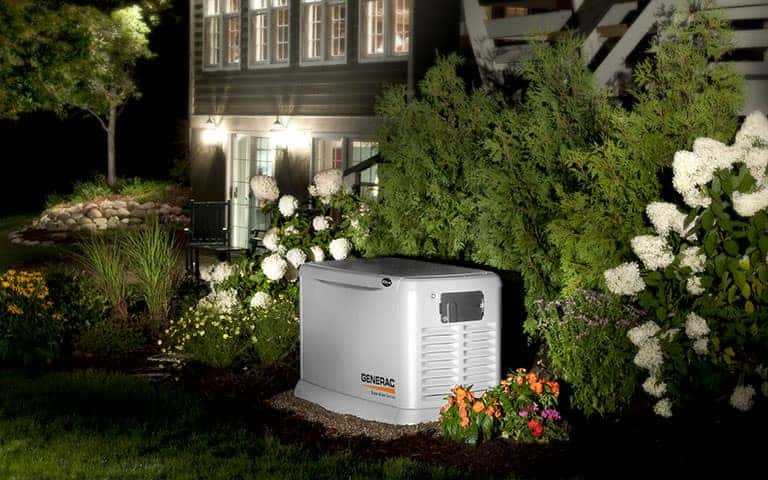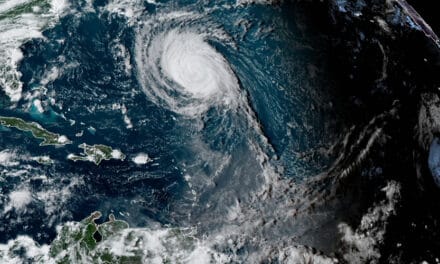Tropical Storm Earl as it passes north of Puerto Rico and the Virgin Islands on September 5, 2022.
NOAA/NHC GOES East Satellite Image.
Major Hurricane Expected by Week’s End
Update September 7: In public advisory 16a issued at 8:00 PM Atlantic Standard Time, The National Hurricane Center upgraded Earl to a Hurricane, the second of the season. Hurricane Earl will pass to the southeast of Bermuda, but as the cyclone intensifies to category 3 major hurricane, the significantly expanding wind field will bring tropical storm or hurricane force winds to the island.
Watches and Warning:
- A hurricane watch is in effect for Bermuda. Hurricane conditions are possible within the watch area Thursday afternoon through Friday morning.
- A tropical storm warning is in effect for Bermuda. Tropical storm conditions will arrive within the warning area within 36 hours.
After a drought of storms (no one is complaining) from mid-July through the end of August, it appears the season is picking up as Hurricane Danielle and Tropical Storm Earl kick off early September, the usual season peak. Another system just west of Africa over the tropical Atlantic has a moderate chance of organizing into a storm. More systems still over the African continent are making their way to the Atlantic.
On Friday afternoon and evening, hurricane hunter aircraft from the Air Force Reserve and NOAA investigated the area of low pressure while it was still east of the Leeward Islands. The storm had become organized with circulation around a well-defined center and deep convection despite encountering shear. These factors meet the definition of a tropical storm. Both aircraft found tropical storm force winds within the system. Late on Friday, September 2, The National Hurricane Center designated the system Tropical Storm Earl.
Are You Ready for the Next Hurricane Power Outage
Earl’s west-by-northwest track took it north of the islands and Puerto Rico on Saturday and Sunday as it began to turn north. Sustained winds of 65 MPH make it a strong tropical storm and further strengthening is likely. Forecasters expect the storm to strengthen as it follows a northerly track through Wednesday as it makes a gradual turn to the north-northeast. Earl will probably become a hurricane late on Tuesday or early Wednesday.
On Thursday, near the end of the NHC’s five-day forecast for Earl, the storm could become a category three hurricane, the first major hurricane of the Atlantic season.
Tropical Storm Earl will affect the Leeward Islands, The U.S. and British Virgin Islands, and Puerto Rica with heavy rain, mudslides, and urban flooding through Monday. September 2. The present forecast track will take the storm to the southeast of Bermuda on Thursday and Friday. However, the wind field will increase in size as the storm grows into a hurricane. Bermuda residents should closely monitor the storm and follow guidance from local officials.
Hurricanes make headlines with extreme winds, heavy surf, and life-threatening storm surge. Tropical Storm-force wind tops out at 73 MPH—still a dangerous wind. Rain is a bigger hazard. Tropical Storms can dump rain measured in feet instead of inches over a very short time, causing widespread flooding and flash floods.
The Atlantic basin remains active through the peak of hurricane season.
— Zack Webster (@ZackWebWx) September 5, 2022
Hurricane Danielle will weaken over the northern Atlantic over the next couple of days.
Tropical Storm Earl could become the first major hurricane of the season by the weekend as it moves away from land. pic.twitter.com/AfOpmsubZb
Tropical Storm #Earl has formed east of the Leeward Islands. The Atlantic had no named storms (e.g., tropical storms or #hurricanes) from July 3 - August 31 and has now had two named storm formations (#Danielle and Earl) in the past 36 hours.#hurricane pic.twitter.com/VgCSY3raGz
— Philip Klotzbach (@philklotzbach) September 3, 2022
Average-Above Average Activity Ahead for the Atlantic Basin
Here are the 5 AM AST Monday Key Messages for Tropical Storm #Earl. Follow the latest forecast at https://t.co/tW4KeGdBFb pic.twitter.com/dOpqCPOiKj
— National Hurricane Center (@NHC_Atlantic) September 5, 2022
850 AM AST 5 September: Recent data from @NOAA_HurrHunter indicates that Tropical Storm #Earl is stronger and now has maximum sustained winds of 65 mph with higher gusts.
— National Hurricane Center (@NHC_Atlantic) September 5, 2022
Latest Info→https://t.co/8LfUGWfJo1 pic.twitter.com/F89LguLxDk
Early season outlooks from the NOAA and the Colorado State University Department of Atmospheric Science forecast above average activity for the 2022 Atlantic Hurricane Season. The forecasts rely heavily on several factors including the El Nino Southern Oscillation (El Nino / La Nina), the Atlantic Multi-Decadal Oscillation (AMO) and Atlantic Ocean Sea Surface Temperatures (SSTs). Through most of the summer, a cloud of dust from the Sahara Desert combined with unusually dry air and wind shear to suppress tropical activity and cyclone formation.
How to Prepare for Hurricane Season Power Outages
Current Surface Sea Temperatures are well above normal and ENSO is in a La Nina phase and expected to continue. La Nina is cooler than normal SSTs along the equator in the eastern Pacific that generally promote Atlantic tropical cyclone activity along with more snow across the Great Plains and Midwest in the winter. So far, other factors have suppressed cyclone formation in the Atlantic. The September 1 two-week forecast from CSU normal activity for the next two weeks—the season peak—which means we would see an increase in tropical activity. The August 4 extended forecast for the remainder of the season included at least 18 named storms. However, as August produced no storms at all and the season peak is just days away, the likelihood of reaching that number is declining and we’re more likely to see total near or slightly above the average of 14 to 15 named storms, seven hurricanes, and three or four major hurricanes.
The National Hurricane Center and the Colorado State University Department of Atmospheric Science remind coastal residents that it only takes one hurricane or tropical storm to make your season and active season.
Hurricane Preparedness
- Hurricane Hazards and Risk Factors
- Make a Hurricane Evacuation Plan
- Hurricane Preparedness Kits and Supplies
- Hurricane Insurance Checkup and Updates
- Prepare Your Home for Hurricanes
- Help Neighbors with Hurricane Preparedness
- Complete Your Hurricane Preparedness Plan
- Emergency Preparedness Tips
- How to Prepare for a Power Outage
- 10 Tips to Survive a Hurricane Disaster
- FEMA Recommends a Generator
- Hurricane Disaster Preparedness
Did you know? A Standby Generator is Fully Automatic and restores power seconds after the power goes out. It can start and run in any weather, including a hurricane. It is the safest, most reliable generator for home backup power.

